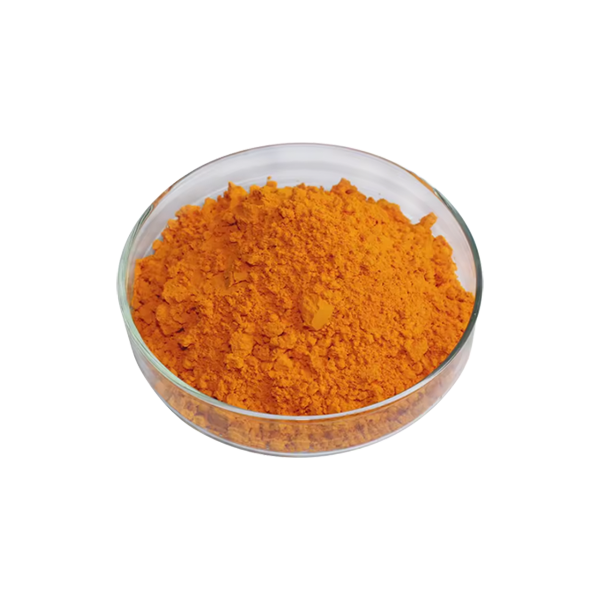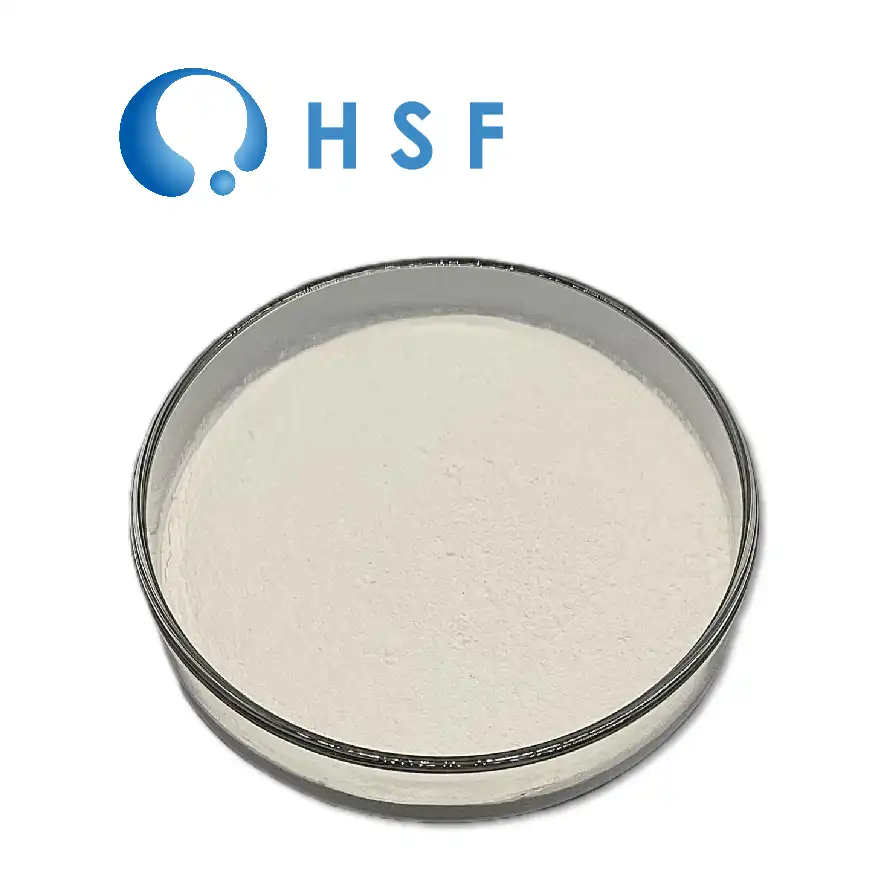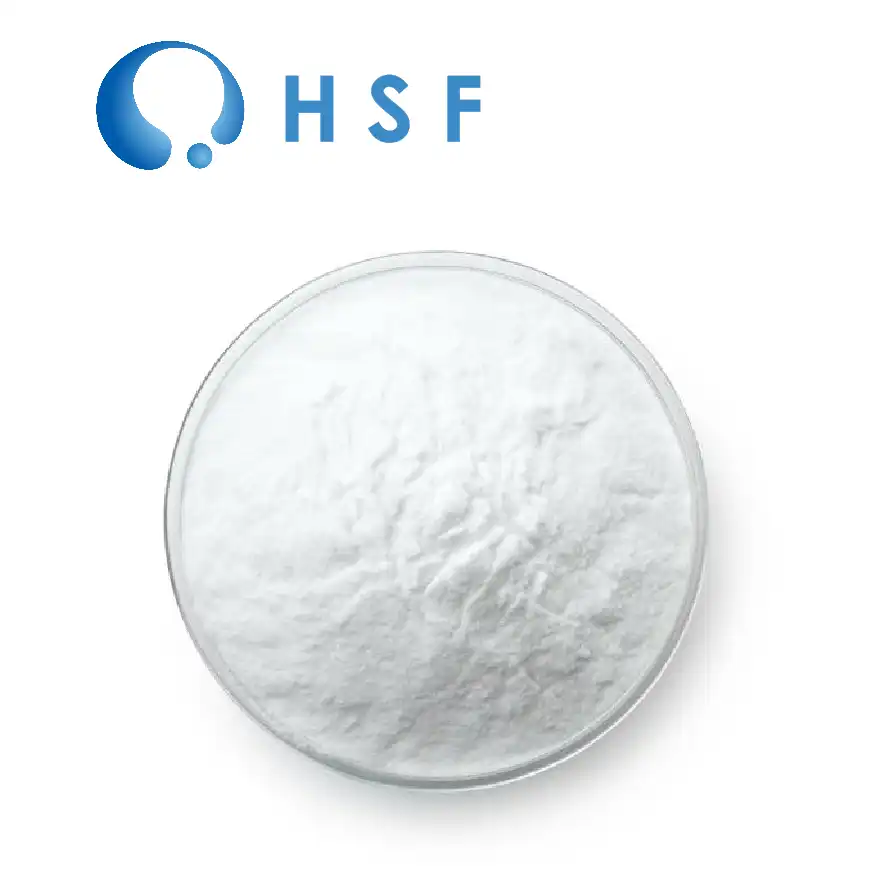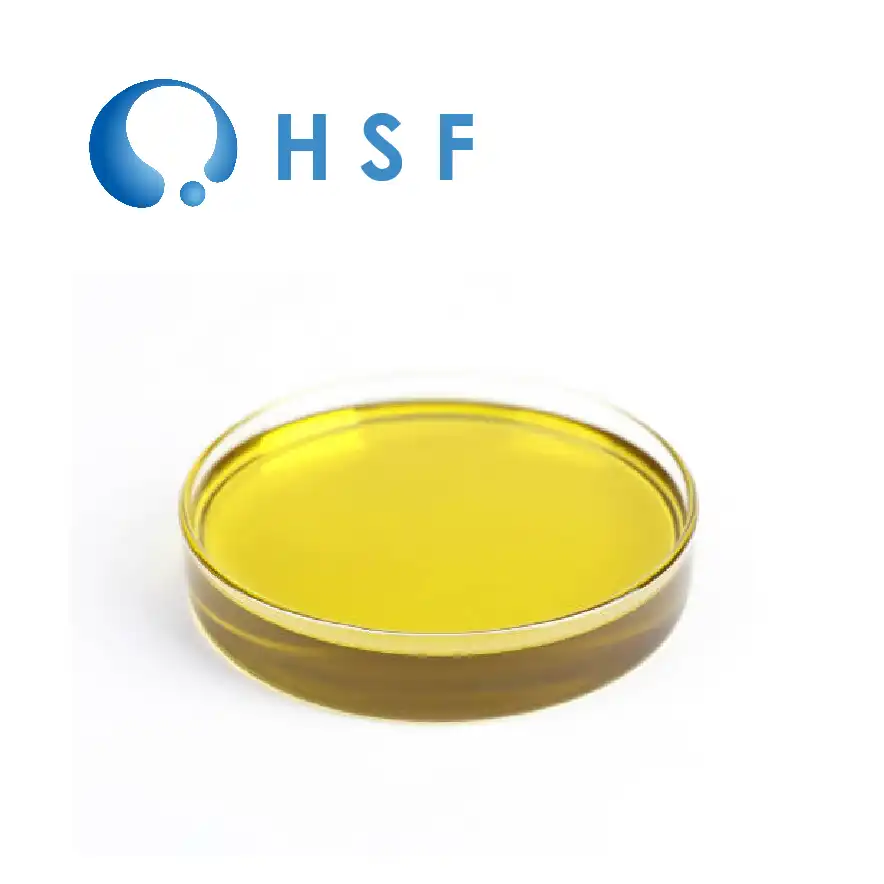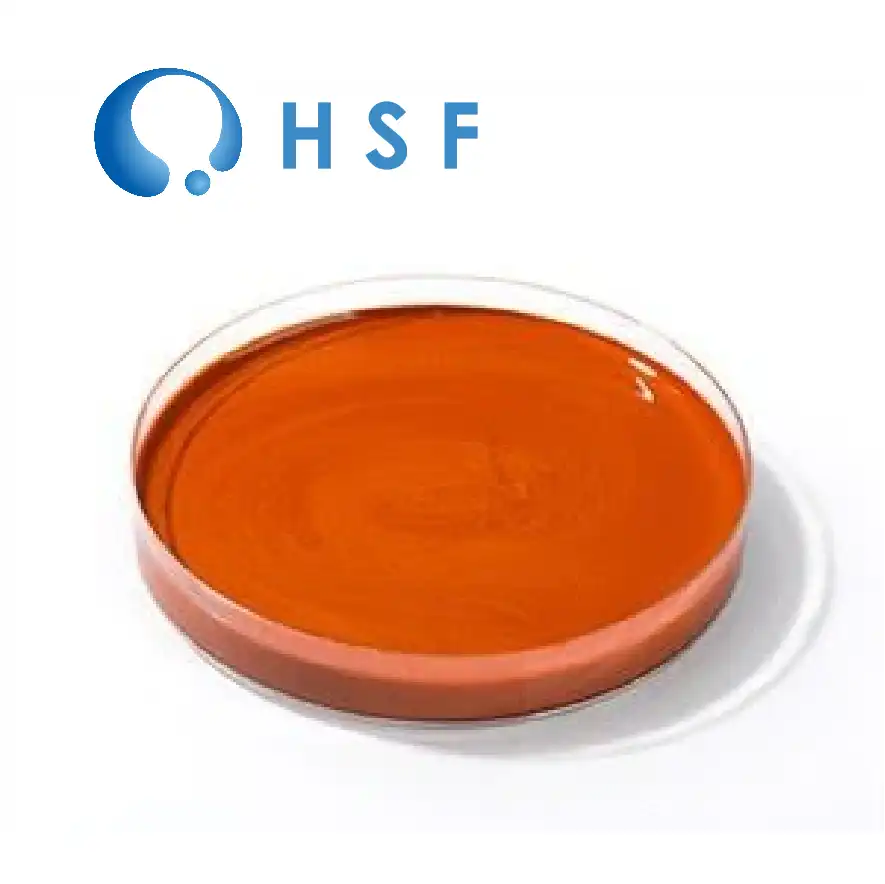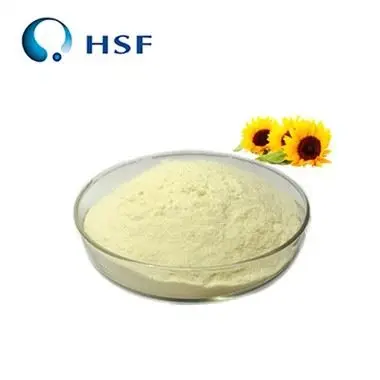- English
- French
- German
- Portuguese
- Spanish
- Russian
- Japanese
- Korean
- Arabic
- Greek
- German
- Turkish
- Italian
- Danish
- Romanian
- Indonesian
- Czech
- Afrikaans
- Swedish
- Polish
- Basque
- Catalan
- Esperanto
- Hindi
- Lao
- Albanian
- Amharic
- Armenian
- Azerbaijani
- Belarusian
- Bengali
- Bosnian
- Bulgarian
- Cebuano
- Chichewa
- Corsican
- Croatian
- Dutch
- Estonian
- Filipino
- Finnish
- Frisian
- Galician
- Georgian
- Gujarati
- Haitian
- Hausa
- Hawaiian
- Hebrew
- Hmong
- Hungarian
- Icelandic
- Igbo
- Javanese
- Kannada
- Kazakh
- Khmer
- Kurdish
- Kyrgyz
- Latin
- Latvian
- Lithuanian
- Luxembou..
- Macedonian
- Malagasy
- Malay
- Malayalam
- Maltese
- Maori
- Marathi
- Mongolian
- Burmese
- Nepali
- Norwegian
- Pashto
- Persian
- Punjabi
- Serbian
- Sesotho
- Sinhala
- Slovak
- Slovenian
- Somali
- Samoan
- Scots Gaelic
- Shona
- Sindhi
- Sundanese
- Swahili
- Tajik
- Tamil
- Telugu
- Thai
- Ukrainian
- Urdu
- Uzbek
- Vietnamese
- Welsh
- Xhosa
- Yiddish
- Yoruba
- Zulu

What is micro-encapsulated powder for food additives?
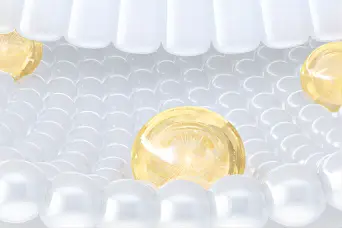
Micro-encapsules are a technology that uses natural or synthetic polymer materials to wrap solid, liquid or even gaseous substances into tiny particles with translucent or sealed capsules. Because its appearance is granular or spherical, the particle size ranges from 1 to 250 μm, which is a micron level, hence the name micro-encapsulated powder.
|
|
|
Application of microcapsule powder in food additives
Application of microcapsule technology in oils and fats
Oils and fats come from a wide range of sources, are rich in nutrients, and have many functions. They have high application value in the fields of medicine, food, and cosmetics. However, because they contain unsaturated fatty acids, they are easily oxidized and deteriorated, which limits their application. Microcapsule technology can effectively wrap the oil in a sealed, tiny capsule, turning it from liquid to solid, which helps improve the various properties of the oil, such as volume, color, odor, etc.
Microencapsulated oil core materials can be divided into three categories according to the source of oil: vegetable oils, animal oils and microbial oils. Wall materials commonly used for oil microencapsulation mainly include carbohydrates and proteins. Common capsule formation methods include spray drying, vacuum freeze-drying, etc.
|
|
|
Application of microcapsule technology in beverages
With the advancement of science and technology and the improvement of consumption levels, consumers have higher and higher requirements for beverages. The introduction of microcapsule technology can improve the defects of original beverages or give them special functionality.
The use of microcapsule technology can improve beverage product defects, such as fading, browning, sedimentation and stratification, reduced nutritional value, flavor deterioration and poor solubility. Some fruit and vegetable juice drinks contain tiny colored fibers, which make the color of the drink unstable and prone to fading and precipitation. If microcapsules are used to encapsulate tiny colored pulp or fiber particles to form colored microcapsules, the color, flavor and even taste of fruit and vegetable drinks can be comprehensively improved.
The use of microencapsulation technology can also improve the nutritional value of beverage products or provide them with specific functions. For example, microcapsule technology is used to encapsulate hesperidin. The resulting high-hesperidin orange juice drink has a good flavor, which not only improves the nutritional value of the orange juice drink, but also opens up a new way for the application of hesperidin.
|
|
|
Application of microcapsule technology in dairy products
Dairy products are the main food carrier for nutritional fortification or functionalization, but some nutrients carry unpleasant odors or are unstable in nature, which increases the difficulty of nutritional fortification. If these nutrients are encapsulated in microcapsules, it can not only enhance the stability of the product, but also give the product a unique flavor and mask odors. For powdered dairy products, it can also improve caking and brewing properties and extend the shelf life.
In recent years, microencapsulation technology has been widely used to encapsulate polyunsaturated fatty acids and probiotics. For example, after DHA is microencapsulated, the ingredient has high activity, is not easily oxidized, and has stable quality. When added to dairy products, it masks the fishy smell and improves the palatability of the product. Dairy processing companies have also used microcapsule technology to speed up the ripening process in cheese production, thereby improving the company's production efficiency and reducing production costs. For example, when phytosterol ester microcapsules are used in quark cheese, phytosterol esters can reduce plasma total cholesterol and low-density lipoprotein cholesterol. Through research on the addition process, it is believed that adding it before milk sterilization and after whey is discharged, and controlling the fermentation temperature, the cheese made has good sensory quality and has certain functionality.
|
|
|
Application of microcapsule technology in baked goods
During the processing of baked food, if acidic ingredients are added, it will easily react with another ingredient, sodium bicarbonate, to release CO2, which will reduce the rising effect of the dough and cause the baked products to be insufficiently fluffy. Using microcapsule technology to embed sodium bicarbonate and then release it under specific conditions can ensure the fluffiness of baked products to the greatest extent. At present, microcapsules are rarely used in baked goods, and there is still a lot of research space.
 |
 |
Application of microcapsule technology in the field of food additives
Food additives are an indispensable role in the food industry, with various types and functions. Compliant use can improve food quality or extend shelf life and improve processing performance. Relevant studies have shown that the function, stability and use effect of some food additives treated with microencapsulation technology will be greatly improved, mainly in the following aspects:
• Change the physical state of food additives to improve their ease of use and processability.
• Control the release time and speed of food additives to achieve sustained release or timed effects. The toxicity of some food additives can also be alleviated.
• Enhance the stability of food additives, reduce interference from environmental factors or obtain protection.
• Mask the bad smell of some food additives themselves and expand the scope of use.
For example, many natural flavors are oil-soluble essential oils, which are inconvenient to use in beverages and seasonings. If water-soluble polymer materials are used as wall materials, supplemented by emulsifiers, and oil-soluble spices are microencapsulated using spray drying and other methods to make powdery flavors, they can be added to many foods, especially solid foods.
As a common food preservative, sorbic acid can easily cause protein denaturation and loss of elasticity and water retention if added directly to meat products. Embedding it through microcapsule technology can not only avoid direct contact between sorbic acid and meat products, but also increase its sterilization validity period through the slow-release effect of the wall material, extend the shelf life of meat products, and eliminate negative effects. Some sour agents are added directly to food as food ingredients, which will cause changes or even deterioration of some sensitive ingredients in other ingredients.

In order to overcome these shortcomings, microcapsule technology can be used to encapsulate the sour agent and reduce its contact with sensitive ingredients by "isolating" the sour agent, thereby extending the storage period of the food. In addition, by partially encapsulating the sour agent, it can also provide a more refreshing taste when eating or drinking, making the product more distinctive. Many natural pigments are photosensitive, heat-sensitive substances or sensitive to acid and alkali. Starch, cyclodextrin, gelatin, gum arabic and other materials are used as wall materials, and lycopene, β-carotene, Lutein and proanthocyanidins are embedded in microcapsules, which can resist the effects of changes in light, temperature, pH, oxygen concentration, etc. to varying degrees. In short, microcapsule technology is widely used in food additives, and its technology is also under constant research and development.
HSF Biotech’s micro-encapsulated powder
After years of technological research and development, HSF Biotech has formed a systematic solution to the application difficulties of functional food raw materials.
For functional oil raw materials, natural polymer materials are used to embed the oil raw materials to form microcapsules with an oil-in-water (O/W) structure. Based on the chemical and physical properties of different functional substances and the customized requirements of customers, HSF researches and selects suitable wall materials and linking agents, which can achieve scientific embedding of functional substances. Significantly improves taste, masks odor, increases oxidative stability, enhances mechanical pressure resistance, accelerates dissolution, precisely controls sustained release, scientifically targeted release, and efficient directional absorption.
For functional powder raw materials, study the synergistic relationship between raw materials and accurately match each functional raw material. According to the physical state of raw materials, suitable adhesives and auxiliary materials are selected, and multi-dimensional granulation technology is used to accurately control the particle size distribution of raw material particles. Study the chemical and physical properties of the coating film material, and adopt the optimal film coating parameters and mode settings to achieve a perfect fit between the raw material particles and the coating film to achieve effective embedding.

For more details, please contact us:
Email: aaron@healthfulbio.com
Whatsapp: +86 18992720900








